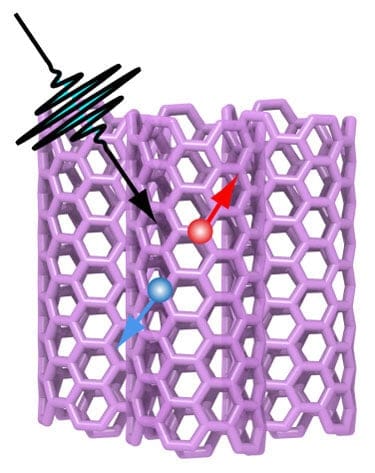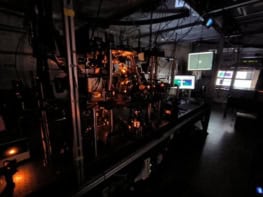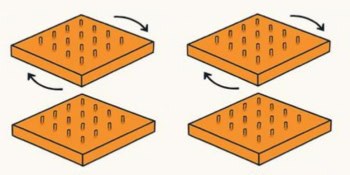
Thin-film solar cells could be made far more efficient with the addition of bundles of carbon nanotubes. So say researchers at the Los Alamos National Laboratory in the US, who have shown that the bundles can be used to adeptly perform the two important steps for generating an electric current. It is first time this has been demonstrated in a single thin-film photovoltaic material.
Thin-film photovoltaic materials are superior to conventional solar-cell materials, such as silicon, in that they are cheaper to make, are lighter and more flexible. They work by absorbing photons from sunlight and converting these into electron–hole pairs, known as “excitons”. Then, in order to generate electric current, an electron and hole must be separated quickly before the two particles come back together and are reabsorbed into the material. In existing solar cells, these excitons are usually reabsorbed too quickly, leading to low efficiencies.
Jared Crochet and colleagues believe that this process of separation within thin-film solar cells can be facilitated by adding bundles of semiconducting carbon nanotubes. The researchers have discovered that while individual nanotubes are of little use, the efficiency can be improved if the nanotubes are bundled together into groups possessing the same chirality. This property describes the direction in which the graphene sheet has been twisted to form a tube – from left to right, or right to left.
A promising effect
Such nanotube bundles respond to absorbed light in the same way as the parent material graphene, and so charge separation can be very efficient. “This effect is promising for incorporating carbon nanotubes into photovoltaic devices as active layers where both light absorption and charge separation can occur,” says Crochet.
The materials used in these experiments were produced by centrifuging individual carbon nanotubes so that tubes of the same twist direction and diameter aggregated together. The researchers chose bundles with a diameter and twist that strongly absorb light at a wavelength of about 570 nm – ideal for exposure to sunlight.
By exposing the samples to a brief flash of laser light and recording spectra every tens of femtoseconds, Crochet’s team was able to observe signals that are characteristic of excitons being formed, plus additional peaks that indicated the production of free electrons and holes. In samples made of non-bundled, individual carbon nanotubes, only the peak corresponding to exciton creation was seen.
Developing for the real world
The researchers now plan to incorporate single-chirality, semiconducting carbon-nanotube networks into real-world photovoltaic devices as active layers. “We would ideally like to see an all-carbon solar cell made of graphene, graphene oxide and carbon nanotubes,” says Crochet.
The team is also busy trying to better understand exciton dissociation and charge transport in the nanotube bundles using the high-speed spectroscopy technique. “The advantage of having the material in a device is that we can investigate every step, from photon absorption to charge collection,” concludes Crochet.
The work was reported in Physical Review Letters.



